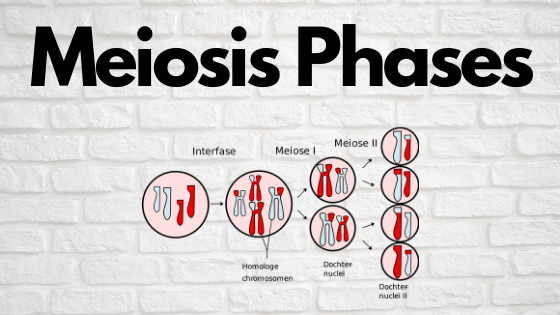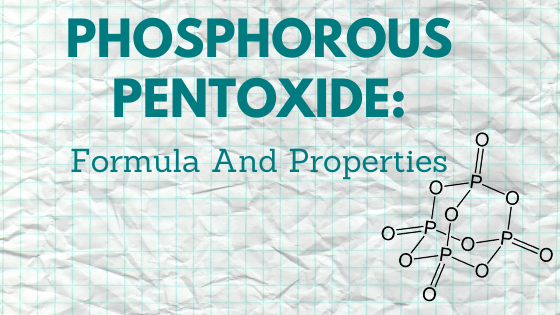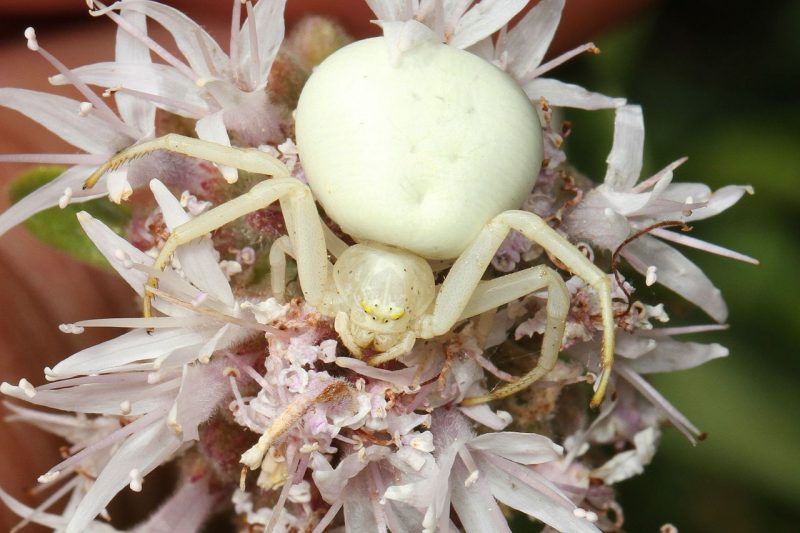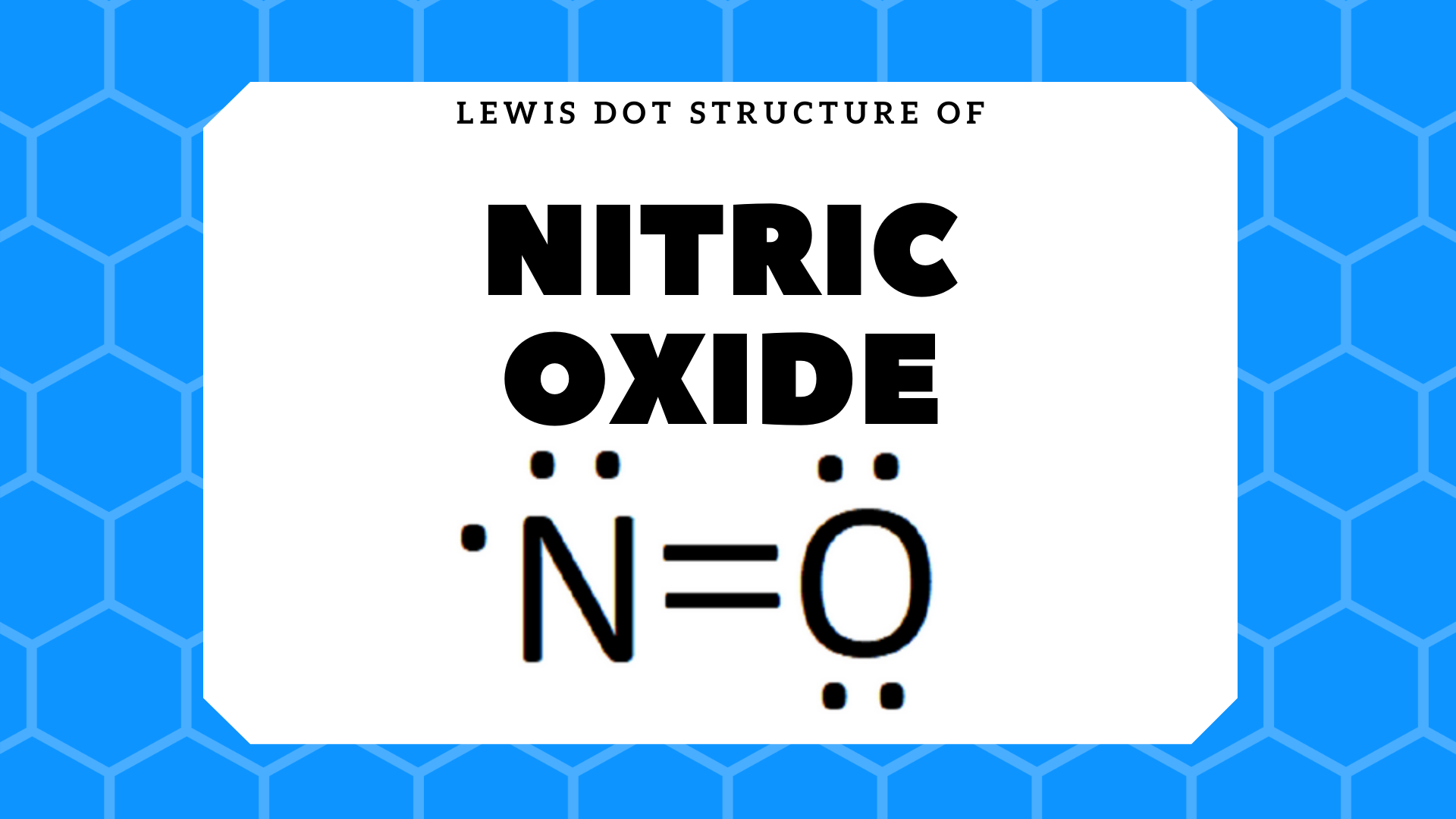Monomer Of Protein

Proteins are organic macromolecules that perform a multitude of function in the body. The monomers (individual units) of proteins are called amino acids. Most amino acids…
Read more

Proteins are organic macromolecules that perform a multitude of function in the body. The monomers (individual units) of proteins are called amino acids. Most amino acids…
Read more

In chemistry, a physical change is a change to the form or structure of a chemical compound, but not to its chemical composition. An object…
Read more

Muriatic acid is the historical name for hydrochloric acid, an aqueous solution of hydrogen chloride (HCl) and water (H2O). Hydrochloric acid is one of the simplest…
Read more

A rhombus (rhombi pl.) is the name for a special kind of quadrilateral, one in which all 4 sides are of the same length. For…
Read more

Meiosis refers to the process by which a single diploid cell divides into 4 haploid cells, each genetically distinct from the parent cell. Meiosis is…
Read more

An acre is a unit of area that historically has been used to measure tracts of land. 1 acre of land is approximately equal to 43,560 sq….
Read more

Phosphorous pentoxide is the common name for the compound with a chemical formula P4O10. Phosphorus pentoxide is a covalent compound that is composed of 4 phosphorus…
Read more

Picture this scenario: you are walking through a field populated with flowers of all colors. As you glance to your left, you catch the sight…
Read more

Nitric oxide (NO) is a gaseous compound composed out of a single nitrogen atom and a single oxygen atom. It is the simplest of the…
Read more

Hexane is a hydrocarbon compound with a chemical formula of C6H14. Hexane is classified as an alkane and is composed of a chain of 6…
Read more

Earthworms are tube-shaped segmented organisms that fall under the phylum Annelida. Contrary to popular perception, earthworms are not insects or arthropods—they are animals. Earthworms have a widely varied diet…
Read more